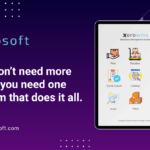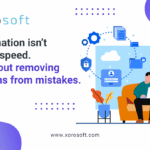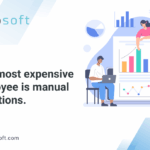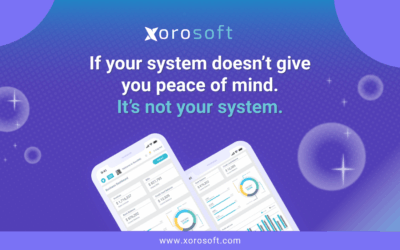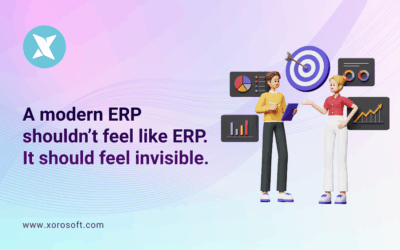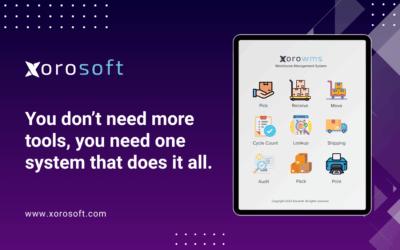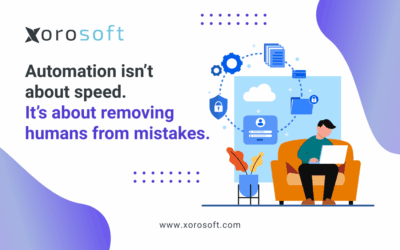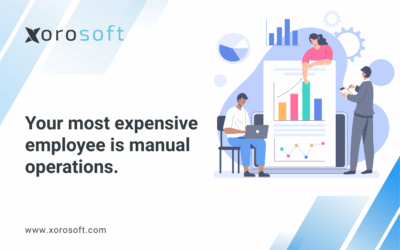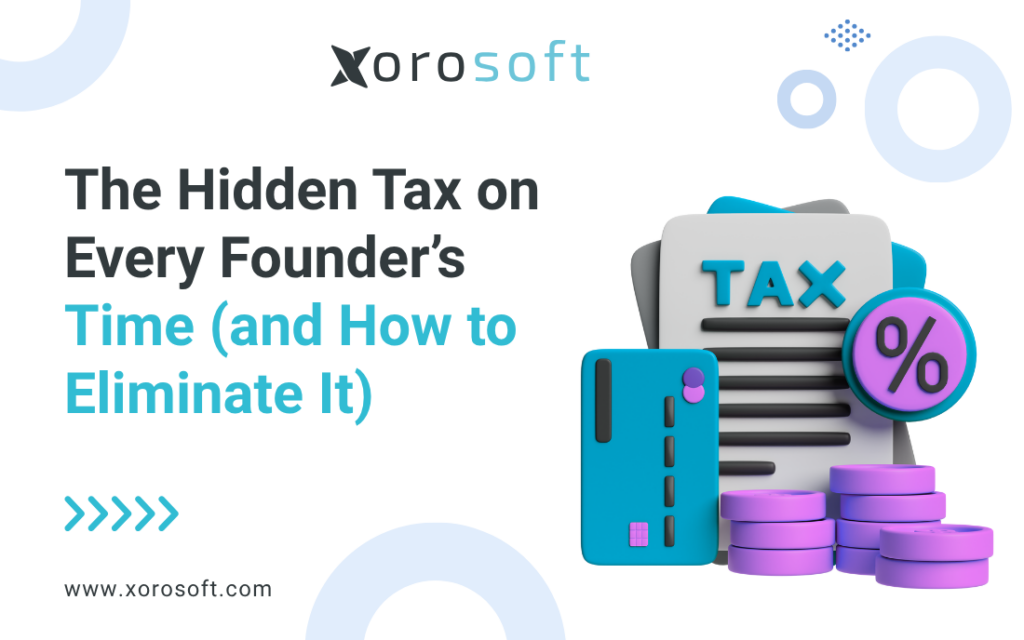
Why Time Is Every Founder’s Most Valuable Resource
If you’re building a DTC or omnichannel brand, your time is the most valuable currency you own. Yet without an ecommerce ERP system, much of that time gets wasted on operational firefighting.
You may find yourself reconciling inventory, chasing suppliers about late purchase orders, or explaining unexpected cash flow swings. As a result, these distractions pile up and compound daily.
The good news is straightforward. Above all, this hidden time tax isn’t inevitable. In fact, the right system can eliminate it entirely and give founders back the hours they need for growth.
Operational Frictions That Create the Hidden Tax
Most leaders don’t launch brands to become supply chain managers. Instead, they are pulled into repetitive manual tasks that eat away at their calendar.
-
Inventory discrepancies between Shopify, Amazon, and warehouse systems.
-
Manual purchase order tracking, buried in long email threads.
-
Fulfillment errors that increase customer complaints and refunds.
-
Finance blind spots, such as delayed landed cost data and unclear cash flow.
-
Channel expansion slowed because the operations team cannot scale effectively.
In other words, each friction creates inefficiencies. Moreover, together they trap founders in low-value work rather than high-value brand building. Furthermore, these issues grow worse as brands scale.
What Success Looks Like with an Ecommerce ERP System
When the time tax is removed, the difference is clear and measurable. For example, brands that adopt an ERP see dramatic improvements across their KPIs.
-
Pick accuracy: above 99% across all warehouses.
-
Order cycle time: less than 48 hours from order to shipment.
-
Cash conversion: improved by 10–15 days due to real-time finance visibility.
-
Purchase order lead times: reduced by 30% thanks to automation.
-
Inventory turns: optimized without stockouts.
Therefore, these numbers do more than reflect smoother operations. Instead, they create the conditions for founders to redirect energy to storytelling, marketing, and expansion. Indeed, the change is often noticeable within weeks.
A Real Brand Case Study
Consider a mid-market apparel brand scaling rapidly on Shopify. At first, founders lost almost two full days each week reconciling orders across multiple channels. Meanwhile, their fulfillment error rate hovered at 4%, and the CFO had no reliable view of landed costs.
Before implementation:
-
4% fulfillment error rate.
-
CFO lacked visibility into landed costs.
-
Founders stuck in operational calls three mornings every week.
After adopting an ecommerce ERP system (Xorosoft ERP):
-
Pick accuracy reached 99.5%.
-
Order cycle time dropped from 72 hours to just 36.
-
Founders reclaimed around 12 hours weekly.
-
In addition, cash conversion improved by 12 full days.
As a result, the hidden tax didn’t just shrink—it disappeared. Similarly, customer satisfaction improved because orders shipped faster and more accurately.
Seven Steps to Implement an Ecommerce ERP System
A structured playbook helps founders remove the tax systematically. Moreover, each step connects a goal with a clear action and a measurable outcome.
1. Unify Inventory Across Channels
-
Goal: Eliminate oversells and backorders.
-
Action: Sync Shopify, Amazon, and wholesale into one ERP.
-
Metric: Oversell rate below 1%.
2. Automate Purchase Orders
-
Goal: Speed up supplier communication.
-
Action: Generate and auto-send POs directly from the ERP.
-
Metric: PO cycle times reduced by 30%.
3. Standardize Warehouse Workflows
-
Goal: Improve fulfillment accuracy.
-
Action: Use barcode scanning and consistent WMS rules.
-
Metric: Pick accuracy above 99%.
4. Link Finance with Operations
-
Goal: Prevent unexpected cash flow issues.
-
Action: Post landed costs and COGS automatically into accounting.
-
Metric: Weekly cash flow visibility in real time.
5. Monitor KPIs Continuously
-
Goal: Shift from reactive management to proactive planning.
-
Action: Build dashboards for order cycle time and inventory turns.
-
Metric: KPI variance under 5%.
6. Scale Channels Without Adding Complexity
-
Goal: Expand into new markets confidently.
-
Action: Add Shopify or Amazon integrations through the ERP.
-
Metric: Launch new channels in less than one week.
7. Reclaim Founder Time for Growth
-
Goal: Ensure leaders focus 80–90% of time on growth.
-
Action: Delegate routine ops tasks to ERP systems and team members.
-
Metric: Founders spend fewer than three hours per week on firefighting.
In conclusion, following these steps transforms operations from reactive to proactive. Consequently, leaders gain freedom to focus on expansion rather than firefighting.
How an Ecommerce ERP System Helps in the First Seven Days
Even small changes create momentum. For example, you can feel progress within a single week rather than waiting months.
-
Day 1: Map out current operational bottlenecks.
-
Day 2: Prioritize fixes such as inventory sync, purchase order automation, and finance visibility.
-
Day 3: Install the ERP Shopify app and connect sales channels.
-
Day 4: Import data and capture baseline KPIs.
-
Day 5: Train your warehouse team on barcode scanning.
-
Day 6: Launch dashboards for founders and finance leaders.
-
Day 7: Review time saved and set the next growth sprint.
As a result, founders measure improvements almost immediately. Finally, by the end of the first week, they already feel the tax beginning to disappear.
Common Questions About Ecommerce ERP Systems
Is ERP too heavy for a brand under $20M revenue?
Not anymore. Modern ecommerce ERP systems scale down as well as up. In fact, setup takes days, not months.
Will my ops team resist adopting new workflows?
Actually, barcode scanning and automated POs reduce their manual tasks. Therefore, most teams adopt quickly once they see the benefits.
Do I need to replace my existing finance stack?
No. Good ERP solutions integrate with QuickBooks, Xero, or Netsuite. In other words, you keep finance intact while extending its power. On the other hand, teams that avoid ERP usually continue wasting hours on spreadsheets.
How soon will ROI appear?
Most brands cut order cycle times within weeks. Meanwhile, founders reclaim hours immediately. Additionally, finance leaders gain confidence with real-time visibility.
Why Founders Choose an Ecommerce ERP System for Growth
The hidden time tax is optional. Above all, leaders who embrace automation reclaim their most valuable resource: time.
By replacing spreadsheets with an integrated ecommerce ERP system, founders free up hours, strengthen fulfillment, and accelerate cash flow.
- See why Xorosoft ERP is ranked #1 in Ease of Use on G2.
- Explore the Xorosoft ERP Shopify App to unify channels in minutes.
- Book a personalized demo and see how quickly you can reclaim your time.
Your time should fuel growth, not firefighting. In the end, eliminating the hidden tax means investing energy where it truly counts.


